The scope of medical equipment in Taiwan is broad and includes instruments, apparatuses, appliances, substances, software, in vitro diagnostic reagents, and related articles for diagnosis and treatment or prevention of human diseases. This does not include pharmacological, immunological, metabolic, or chemical products.
The United States is the world's largest medical equipment market, reaching 179.859 billion US dollars in 2020, accounting for 42.1% of the world market. General medical devices marketed in the United States must pass regulations set by the Food and Drug Administration (FDA) for the safety and efficacy of the medical device.
- Class I - Low-risk equipment:
Such as plastic gloves, dental floss, bandages, corrective lenses, etc.
- Class II - Medium-risk devices, requiring Premarket Notification:
Such as electric wheelchairs, pregnancy tests, condoms, etc. Most Class II medical materials are regulated by the Federal Food, Drug, and Cosmetic Act. A small number of medical materials which have fewer potential risks of harm may be exempted by FDA announcement.
- Class III - High-risk medical materials such as invasive medical materials, need to undergo a premarket approval (PMA):
Due to the high risk of Class III medical materials, such as heart rhythm regulators, artificial heart valves, cardiovascular stents, artificial tooth roots, hyaluronic acid implants, etc., it is necessary to apply for PMA. The FDA will review complete information such as product description, clinical trials, labels, and instructions for use. To encourage manufacturers to provide for the needs of special patients that have rare conditions which only affect a small number of patients, the FDA established the HDE (Humanitarian Device Exemption) marketing pathway. This pathway relaxes the clinical evidence standards for therapeutic or diagnostic medical materials which are used to treat conditions that affect fewer than 8,000 people in the United States each year. Global medical material regulations and applications for use follow the relevant US FDA regulations, EU CE certification procedures, medical device regulations (MDR), and in vitro diagnostic medical device regulations (IVDR) as the main review standards. The United States and Europe are the world's largest medical material markets, and the European and American medical material review systems are well established.To encourage manufacturers to take care of the needs of a small number of special patients, the FDA established the HDE (Humanitarian Device Exemption) marketing pathway, which relaxes the clinical evidence standards for therapeutic or diagnostic medical materials that are sick or affect fewer than 8,000 people in the United States each year.
Global medical material regulations and applications, with the relevant US FDA regulations and EU CE certification, medical device regulations (MDR), in vitro diagnostic medical device regulations (IVDR) as the main review standards. On the one hand, the United States and Europe are the world's largest medical material markets, and on the other hand, the European and American medical material review systems are well established.
EU:
In the past the European Union's management of medical devices followed the EU’s conformity certification (CE) practice. Recently the EU put forward the MDR (Medical Device Regulation) which was implemented in May 2021. MDR improves the requirements for clinical data, incorporates post-market clinical tracking, and advances the use of real-world data.
Other:
The management and control of medical equipment is becoming more and more stringent, and the relevant regulatory requirements or application procedures vary from country to country. Each country has an independent competent authority to enforce relevant requirements and controls, such as Japan’s Pharmaceuticals and Medical Devices Agency (PMDA), China's State Drug Administration, the UK's Medicines and Health Products Regulatory Authority (MHRA), and Taiwan's Food and Drug Administration (TFDA). Since medical equipment is related to personal safety, the launch and promotion of related products all need to comply with the standards of relevant laws and regulations.
The development trend of the medical equipment industry:
Medical equipment mainly assists human beings in carrying out disease prevention, diagnosis, mitigation, treatment, and rehabilitation. It includes biomedicine, electronic motors, semiconductors, information, software, optical/confidential instruments, machinery, and other interdisciplinary technologies necessary for people's livelihood. The regulations corresponding to medical materials are not all applicable in every material or device, and many restrictions only apply in a small number of diverse applications.
The traditional medical materials market has been closed and difficult to enter. It involved multiple stakeholders, and the marketing channels are complicated. However, a new wave of smart medical industry developments has gradually broken through the restrictions to accessing the medical materials market. Technology is allowing more and more consumer products and services to reach users directly, and old medical marketing channels are gradually fading away. Health care is no longer limited to the service providers of the traditional medical system and the trend is moving towards preventive medicine and health management.
Through the use of individual mobile devices, mobile health care apps are becoming more and more popular. Market applications such as wearable devices for health monitoring, medical-related data convergence, and maturing AI are driving the development of a wave of new smart medical materials in the medical industry. In the past, medical equipment was usually used to provide medical services, most of which were used in medical institutions, or needed to be operated by medical staff. With the establishment of the concept of preventive medicine and the advancement of science and technology, the public's self-health awareness has been improved. Medical equipment is no longer limited to medical professionals, and medical devices aimed at health management or care are driving the development of home medical materials and the health management device market.
The COVID-19 pandemic tests the medical industry:
In response to the COVID-19 epidemic, products for home COVID-19 detection, medical supplies, home respirators, and oximeters, have been launched. Sales of medical supplies related to chronic disease home care, including remote care apps used in daily diet, exercise and physiological monitoring, records and analysis have all increased. The development trend of this wave of consumer medical materials for health management applications requires attention to the innovation and cooperation of business models in addition to innovative technologies to take advantage of new business opportunities.
Advances in technology have led to shortened product cycles of consumer medical materials for health management purposes. New technologies meet the increasing demand for data management and follow-up medical services. Subscription-based business models may once again become a trend. Health management-related APPs meet the needs of consumers and establish usage habits through applications including health monitoring, exercise and fitness, diet and nutrition, blood pressure, blood sugar, and drug management.
Another medical material development trend is AI+IOT's. Artificial Intelligence of Medical Things (AIoMT) breaks through the past limitations of traditional medical procedures and uses cloud services based on a subscription system to perform a number of medical functions.
Global Medical Devices Market:
The global medical equipment market is still dominated by the United States, accounting for 42.1% of the global market, followed by Western Europe with 24%, and the Asia-Pacific region with 21.2%. The US medical material market has maintained a long-term market share of about 43% of the global market, which also shows the influence of the FDA's medical material auditing standards.
In 2020, diagnostic imaging products were the largest single product category, accounting for about 23.6%. Medical consumables accounted for 21.4%, orthopedics and implants accounted for 8.3%, and auxiliary products accounted for 14.2%. In 2020, due to the COVID-19 epidemic, non-essential medical practices were greatly reduced to lower the risk of infection, resulting in a decrease of non-urgent orthopedic surgeries and dental treatments by 3.6% and 2.5% respectively compared with 2019. Although diagnostic imaging products have a long life cycle, high unit price, and stable demand, the epidemic also drove the demand for lung medical imaging diagnosis equipment, which grow slightly by 0.2% in 2020. For medical consumables, in 2020, due to the rapid increase in the number of inpatients, the use of consumables such as bandages, dressings, syringes, needles, catheters, and surgical gloves increased significantly, and the market share of medical materials increased by 5.1% compared with 2019.
In vitro, diagnostic medical materials were still the largest item in the global medical materials market. In 2020, due to the demand for COVID-19 testing medical materials (including PCR and rapid screening products), the growth rate reached 24%, and turnover increased from US$67.1 billion in 2019 to US$83.4 billion in 2020. In the post-epidemic era from 2021 to 2027, the compound annual growth rate is estimated to return to 4.5%.
In addition to COVID-19 testing medical materials, in vitro diagnostic and cardiovascular-related medical materials held the highest market share in 2020-2021. Looking at the market forecast for 2024, the growth and proportion of medical materials including cardiovascular equipment, in vitro diagnostic medical materials, plastic medical materials, diabetes (kidney dialysis, blood sugar measurement) will be relatively high. In particular, chronic diseases such as cancer and diabetes will account for 70% of global deaths in 2030 and consume 60% of medical resources. Accordingly, the demand for medical materials related to chronic disease management will increase and the market will grow.
New investment trends in medical materials:
Mainstream products of the medical equipment industry will improve with the change of disease patterns and the advancement of medical technology, which are closely related to life and social well-being, and are less susceptible to fluctuations caused by economic changes. Under the COVID-19 epidemic, the medical industry not only increased demand in the face of the epidemic but also due to the characteristics of rigid demand, new venture investment also increased significantly. Investment in 2021 will continue to surge upwards driven by COVID-19.
Changes in the medical material market:
In 2020, the world was affected by the COVID-19 epidemic, and medical supplies such as protection and disinfection were quickly in short supply. Countries have implemented regulations and opened up EUA (Emergency Authorization Use). COVID-19 initially caused a decline in the revenue of the medical materials market, and the sales and use of medical materials related to non-emergency medical measures and treatments were delayed. Supply chains of medical materials such as orthopedics and dentistry supplies were out of stock due to the disruption of the supply chain. All manufacturing resources focusing on immediately needed medical materials such as masks, protective clothing, respirators, and rapid testing, saw large fluctuations in the medical materials market in 2020.
Taking the United States as an example, in early 2020, the EAU empowered the FDA to authorize the approval of innovative medical products and devices that were not certified, but could reduce the risk of exposure to COVID-19 and supplement devices that were in short supply. Diagnosis, treatment, and prevention materials, ventilators, personal protective equipment, in vitro diagnostic tests, hemodialysis replacement therapy and hemodialysis equipment, in-vitro diagnostics, respiratory aids, respirators, respirator accessories, personal protective equipment, disinfection systems, remote/wearable patient monitoring equipment, etc. were approved for emergency use. The FDA also temporarily loosened the information security regulations of HIPPA (the Health Insurance Portability & Accountability Act), opening up general communication software such as FaceTime, Facebook Messenger, or Skype for telemedicine consultations, reducing the risk of exposure.
When the FDA announced that COVID-19-related tests would be approved through the quick application for emergency use authorization, it attracted the attention of global medical material manufacturers and innovation groups, prompting them to pour investments into R&D and manufacturing. If a team has the innovation ability to adapt core capabilities, it will be able to seize these types of opportunities.


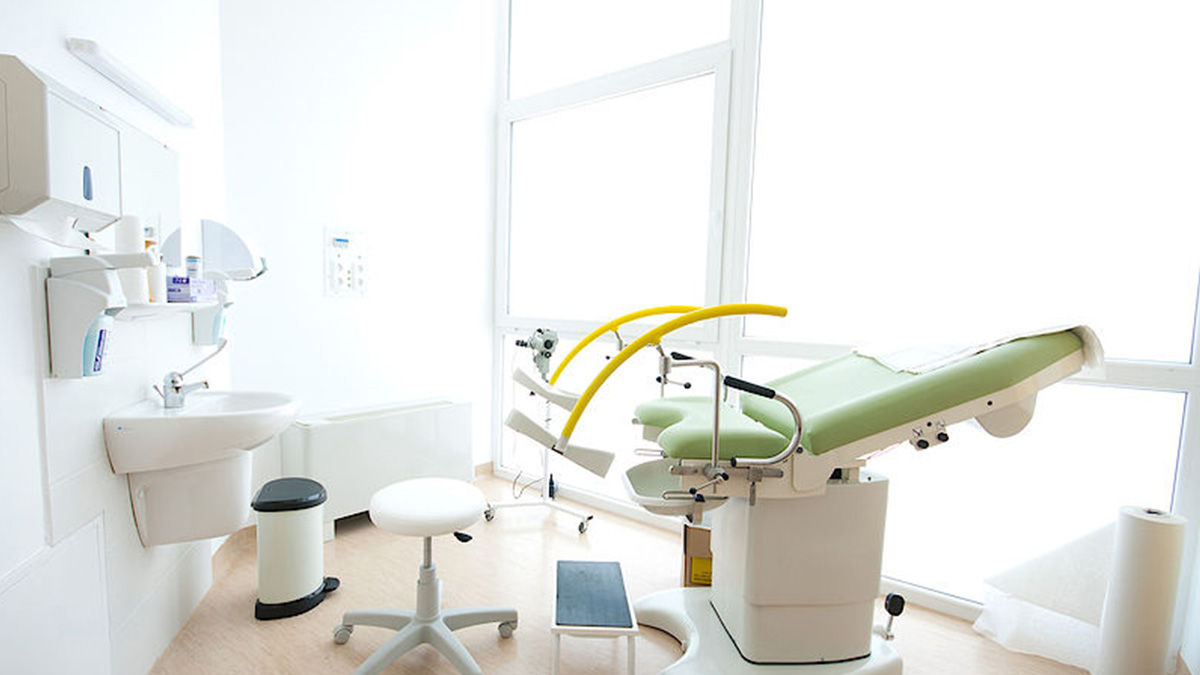
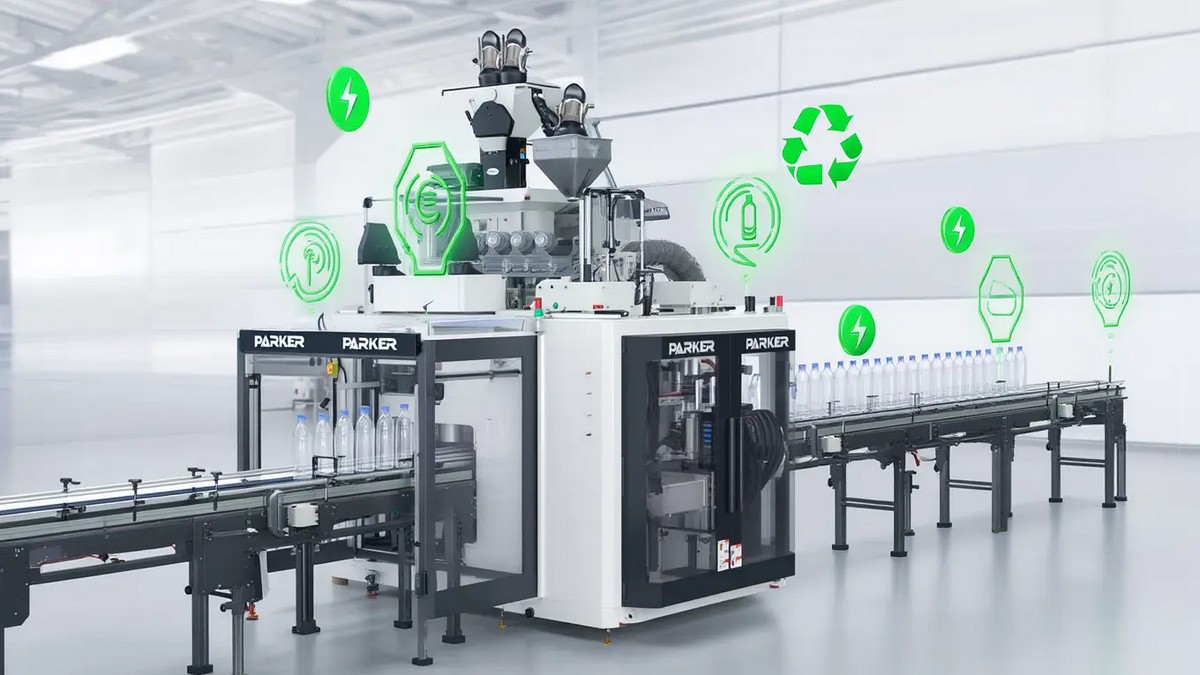
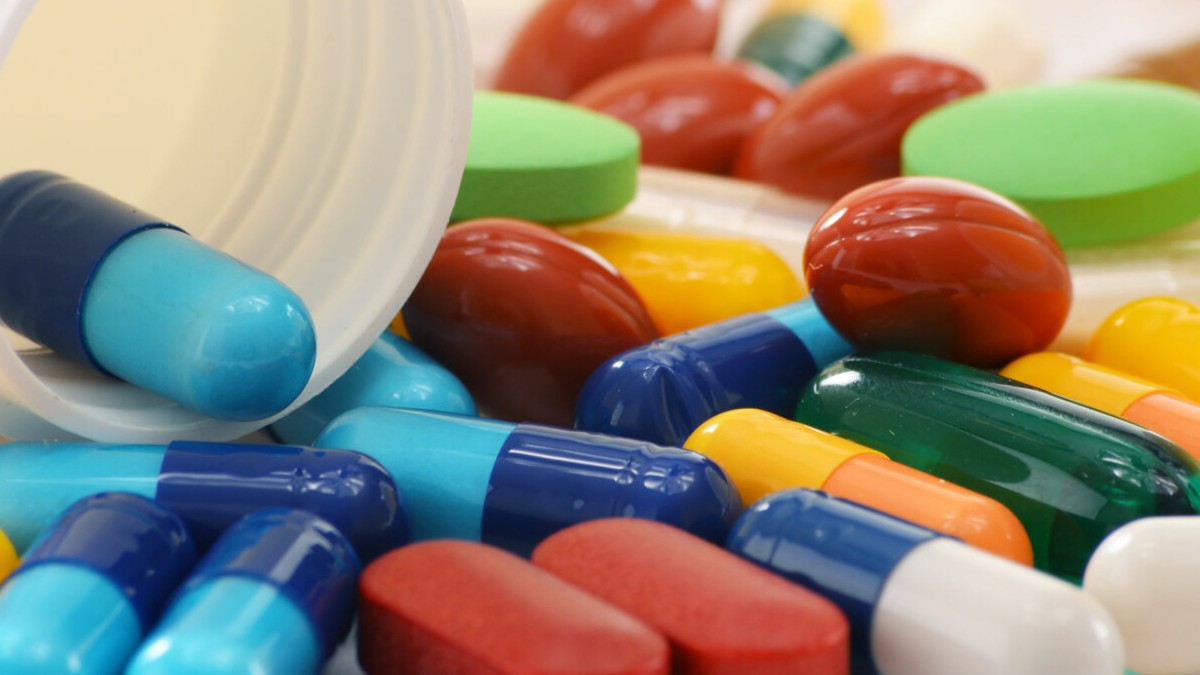
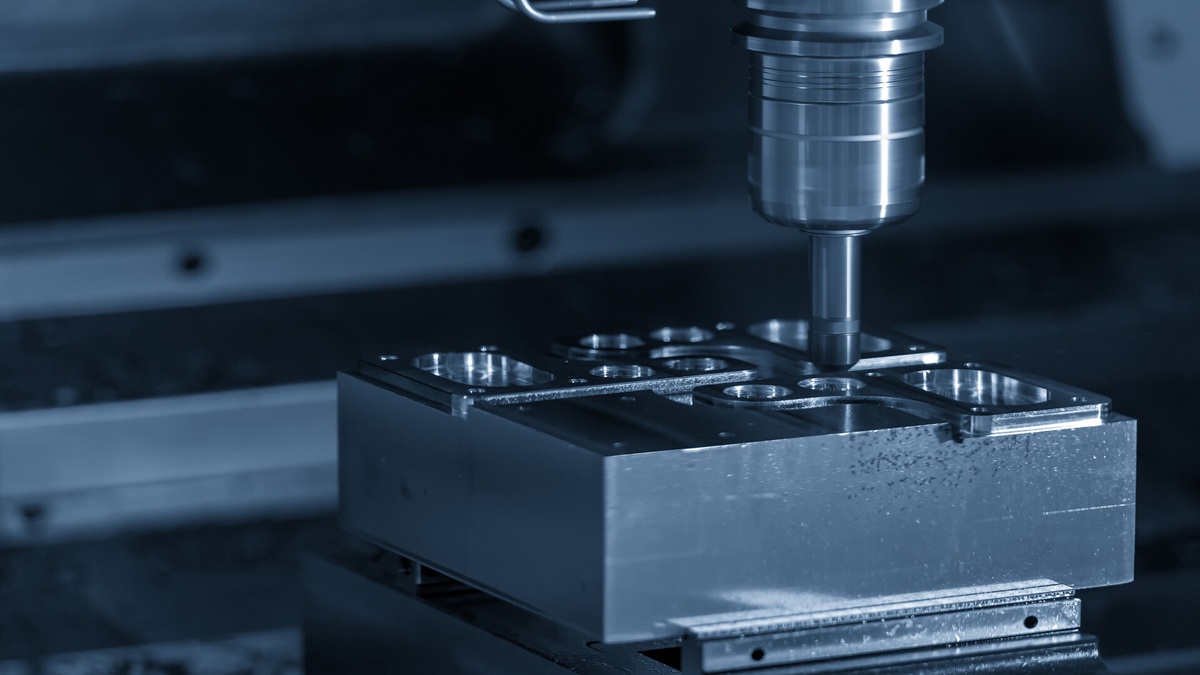


.jpg)
.jpg)
.jpg)

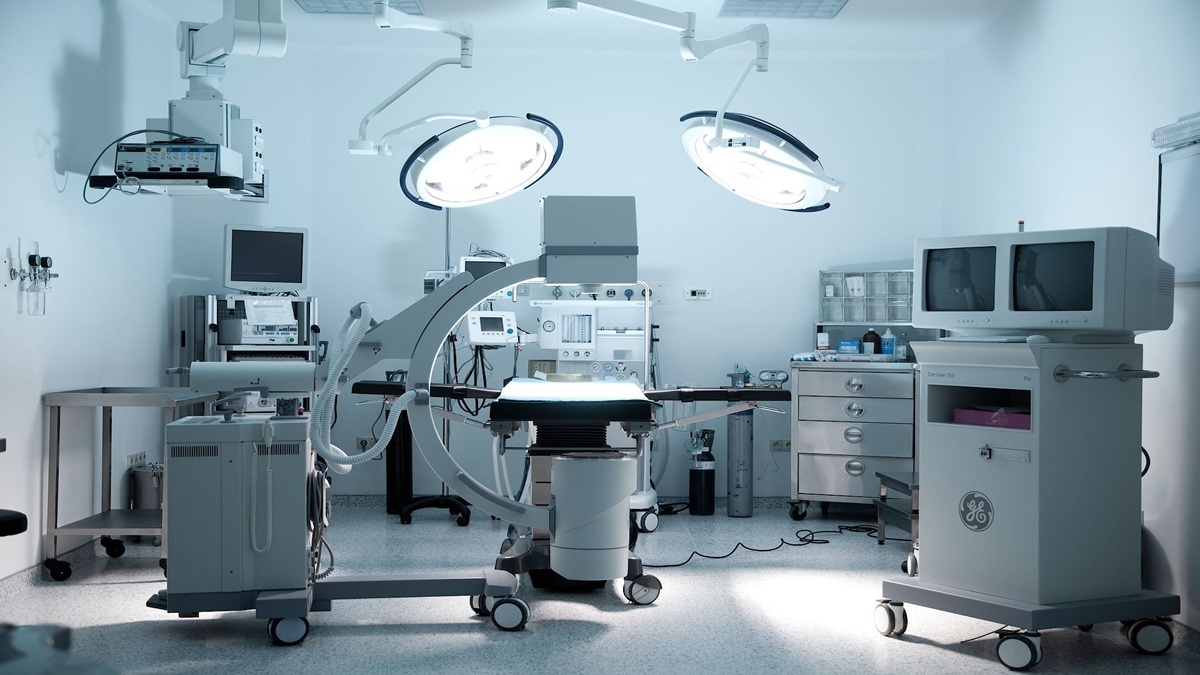
.jpg)
